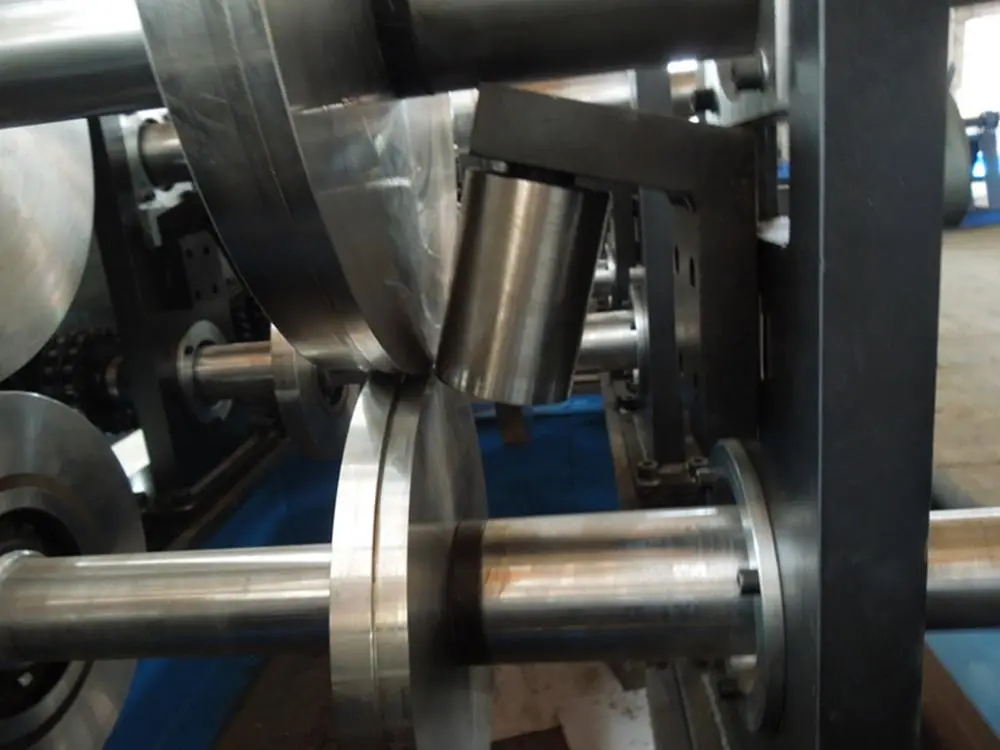
The Corrugated Sheet Machine A Revolution in Sheet Production
In the ever-evolving world of manufacturing, the corrugated sheet machine has emerged as a critical player in producing versatile and robust sheet materials used in various industries. This innovative machine streamlines the production process, effectively addressing changing market demands, and enhancing operational efficiency. Understanding the function, benefits, and applications of corrugated sheet machines offers valuable insights into their significance in modern manufacturing.
What is a Corrugated Sheet Machine?
A corrugated sheet machine is specifically designed to produce corrugated sheets, which are widely known for their strength, durability, and lightweight properties. These machines reform flat sheets of material, typically made from steel or aluminum, into a series of alternating peaks and valleys, creating a corrugated profile. This structure provides greater strength and rigidity compared to flat sheets while maintaining a low weight.
The Production Process
The operation of a corrugated sheet machine typically involves several stages. Initially, sheets of raw material are fed into the machine, where they undergo a process of heating and forming. Specialized rollers press the flat sheets into a desired shape, creating the characteristic corrugated design. Subsequently, the sheets are cut to length, and any necessary finishing processes, such as coating or painting, can be applied. The entire process is often automated, allowing for consistent quality and increased production speed.
Advantages of Using Corrugated Sheet Machines
1. Cost Efficiency The production of corrugated sheets is often more cost-effective than using traditional methods. The ability to produce large volumes quickly reduces labor costs and minimizes material waste, offering manufacturers substantial savings.
2. Versatility Corrugated sheets can be made from various materials, including metal, plastic, and cardboard. This versatility allows industries ranging from construction to packaging to utilize these sheets for numerous applications.
3. Durability and Strength The unique design of corrugated sheets provides superior strength and resistance to bending and warping, making them ideal for roofing, walls, and packing materials. They can withstand harsh environmental conditions, enhancing their lifespan and reliability.

4. Lightweight Despite their robust nature, corrugated sheets are relatively lightweight, making them easy to handle and transport. This characteristic is particularly advantageous in construction, where weight can significantly influence structural design.
5. Eco-Friendliness Many corrugated sheet production processes utilize recycled materials. Moreover, corrugated sheets themselves are often recyclable, aligning with sustainable practices and reducing overall environmental impact.
Applications of Corrugated Sheets
Corrugated sheets find applications in a wide array of sectors due to their durability and adaptability. In the construction industry, they are commonly used for roofing and wall cladding, providing protection against weather elements while ensuring structural integrity. Additionally, they serve as excellent insulation materials, enhancing energy efficiency in buildings.
In manufacturing and packaging, corrugated sheets are essential for creating boxes, pallets, and protective coverings. Their strength and light weight make them ideal for transporting goods safely, ensuring that products reach their destination in excellent condition. Furthermore, they are frequently used in signage and displays, offering businesses a cost-effective way to promote their brand.
Future Trends in Corrugated Sheet Machines
As technology continues to advance, the corrugated sheet machine is expected to evolve further. Innovations such as improved automation, enhanced energy efficiency, and the integration of smart technology will likely lead to even greater efficiencies in production.
Additionally, the growing emphasis on sustainability and eco-friendly practices will drive the development of machines capable of utilizing more recycled materials and producing less waste. The future of corrugated sheet machines looks promising, with opportunities for greater customization and adaptability to meet the needs of various industries.
Conclusion
The corrugated sheet machine represents a significant advancement in manufacturing technology, revolutionizing how sheets are produced across numerous sectors. Its ability to create durable, lightweight, and versatile materials has proven indispensable in various applications, from construction to packaging. As industries continue to prioritize efficiency and sustainability, the relevance and importance of corrugated sheet machines will only continue to grow, paving the way for a more innovative and eco-conscious future.